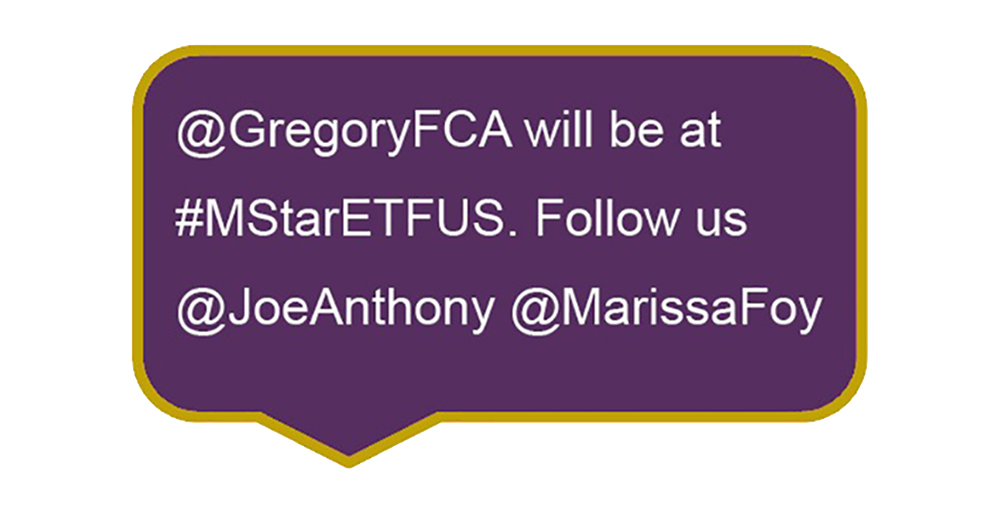Low-cost. Tax efficient. Transparent. Intraday trading. Liquidity matching the underlying securities. These qualities of ETFs have been trumpeted for years since iShares, State Street and other large issuers helped make ETFs an option for mainstream investors. In the last three years retail investors fueled an asset surge in ETFs, and today ETFs currently hold nearly $2.6 trillion in assets compared to $992 billion at the end of 2010 (data from the Investment Company Institute).
Now, as ETFs have become entrenched in nearly every nook and cranny of the investment landscape, Eaton Vance has been joined by iShares and two other issuers in filing for exemptive relief to issue what are being called “non-transparent active ETFs” or exchanged-traded mutual funds (ETMFs). This latest innovation is designed to give managers of actively-managed ETFs the same ability to cloak their holdings and trading activity to better protect their proprietary approach to investing. Suffice it to say that these products are likely to be higher cost, less tax efficient and less transparent for the investor.
Is this innovation a good thing? Or, do these trade-offs amount to a reputation risk for the industry, in particular an image problem waiting to happen for the large product sponsors that are ushering in the new variety of exchange traded funds?
From the perspective of someone who has managed the PR campaigns for ETF issuers, mutual fund managers and other financial services firms, I think the reality is that it comes down to how well their arrival is communicated to the “off Wall Street” buyers of the product. Many financial advisors have been engaged in an ongoing education effort with clients who might’ve been skeptical of the use of ETFs – the lower cost, rules-based passive products – for years. How do they reverse course and tell clients that this version of ETFs might belong in their portfolio? What story will these new products have to motivate the advisor and their investors? “Get DoubleLine mutual funds in ETF form” or “All the volatility of an ETF with the non-transparency of a mutual fund.” Get them while they’re hot!
Lessons on innovation gone too far can be gleaned from other industries. For example, when The Coca-Cola Company unveiled its new Coke formula in 1985, the product was supposed to advance the popularity of the brand and its flagship beverage. Instead, the change was too drastic and the company was forced to engage a marketing campaign in the early 1990’s to revive the consumer taste for the product, going back to the old formula under the “Coca-Cola Classic” name. The whiz-bang “New Coke” was relegated to “Coke II” status and eventually discontinued in 2002.
The ETF industry and those RIAs and asset managers who have accumulated significant assets under management on the back of the low-cost, transparent, easy to trade story might be wise to separate its own story from that of the “ETMF” products. If they are not careful with how they are introduced to investors, ETMFs will go from being “The New Coke,” to “Coke II,” to flat.
Yet, count me as optimistic that these products can succeed. From this PR professional’s perspective, here’s why:
1) Actively managed funds have a place in investor portfolios.
Mutual funds have lost their luster and ETFs control the narrative these days. This format has potential to streamline the distribution of actively managed funds into one share class at a net lower cost. That’s a good thing!
2) Innovation can’t be contained by the limits of rules-based funds and passive index strategies.
There is no shortage of people who think that the ideas for passively managed ETFs are nearly tapped out. By creating a variation of ETF that allows for the preservation of some intellectual property and proprietary investment strategies, more sound ideas can be made available to investors who otherwise wouldn’t have access to these managers.
3) Leaving something to the imagination can be a good thing for distribution.
Let’s face it. Many financial advisors like bringing investment ideas to their clients that allow them to tell a good story, to elevate their position as an expert in the matters impacting their client, all the while giving client portfolios an edge.
4) You’ll get more managers in the game.
By eliminating the requirement to disclose holdings on a daily basis, the manager of ETMFs might be freer to pursue trading strategies that can take advantages of inefficiencies they see in the markets – instead of looking over their shoulder to see if another manager will attempt to reverse engineer the strategy.
I’ll be at the Morningstar ETF event in Chicago later this week. I’d welcome your thoughts on this and other issues impacting ETF marketing. You can find me at @JoeAnthony on Twitter or follow my comments from the conference at hashtag #MstarETFUS.
